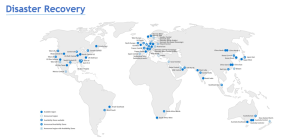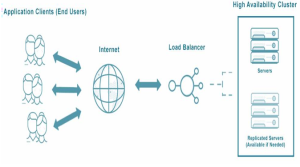High availability, Fault tolerance, and Disaster recovery
High availability, Fault tolerance, and Disaster recovery
Common Goal: High availability, Fault tolerance, and Disaster recovery
- Goal: The user continues to access the application, even when things go wrong.
- Common reasons for loss of availability
- Network outage
- Application failure
- System outage
- Power outage
- Catastrophic disasters (Earthquakes, tsunamis, floods, tornados, etc.)
Disaster Recovery

High Availability and Fault Tolerance

⮚ Protect against data center, server, network and storage subsystem failures to keep your business running without downtime.
⮚ Highly available systems are reliable in the sense that they continue operating even when critical components fail.
⮚ They are also resilient, meaning that they can simply handle failure without service disruption or data loss, and seamlessly recover from such failure.
⮚ Azure provide high availability features such as redundancy, load balancing, auto-scaling and provisioning across Availability Zones (AZ), representing isolated parts of an Azure data center.
High Availability
- Service Level Agreement (SLA) guarantees a certain level of availability as a percentage

0
0






